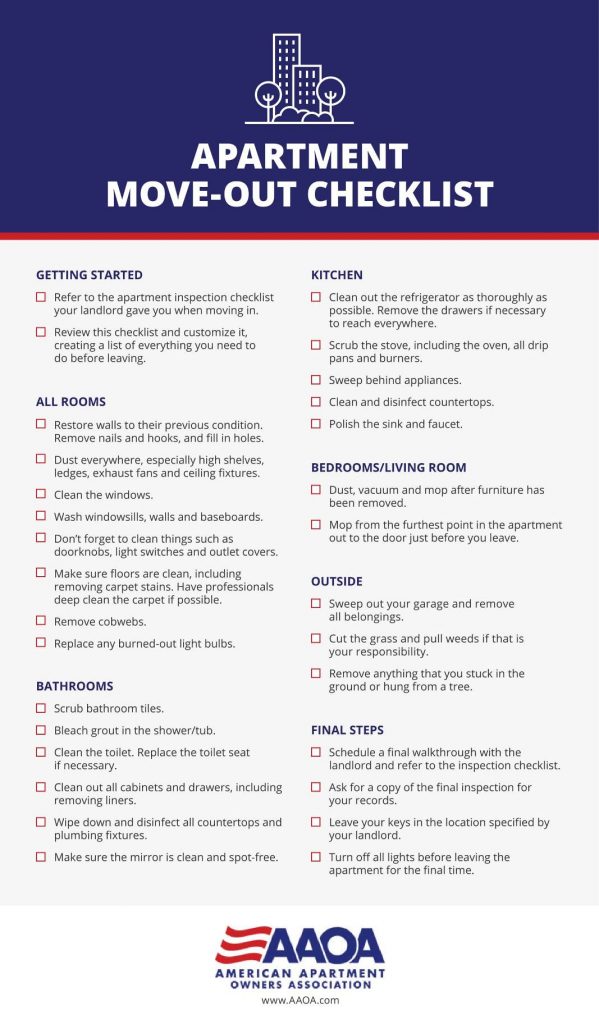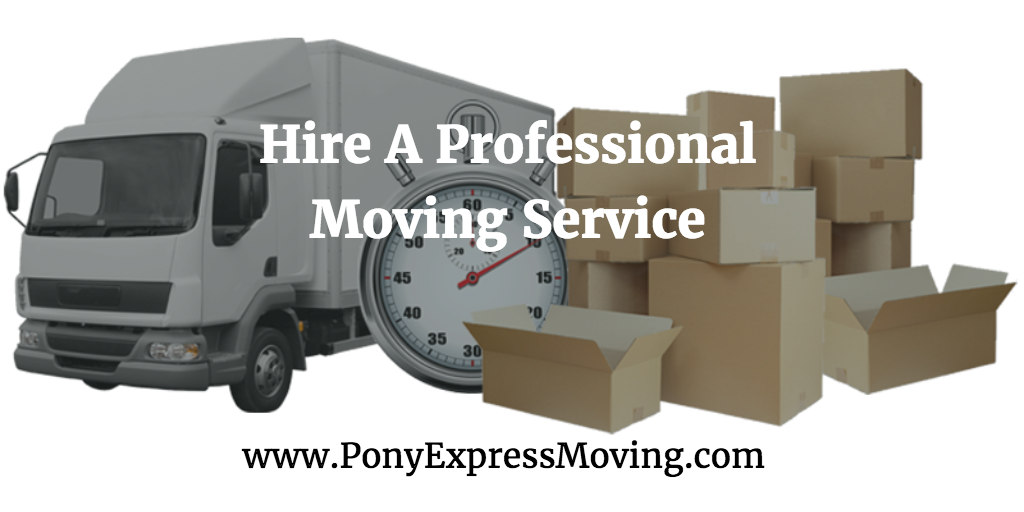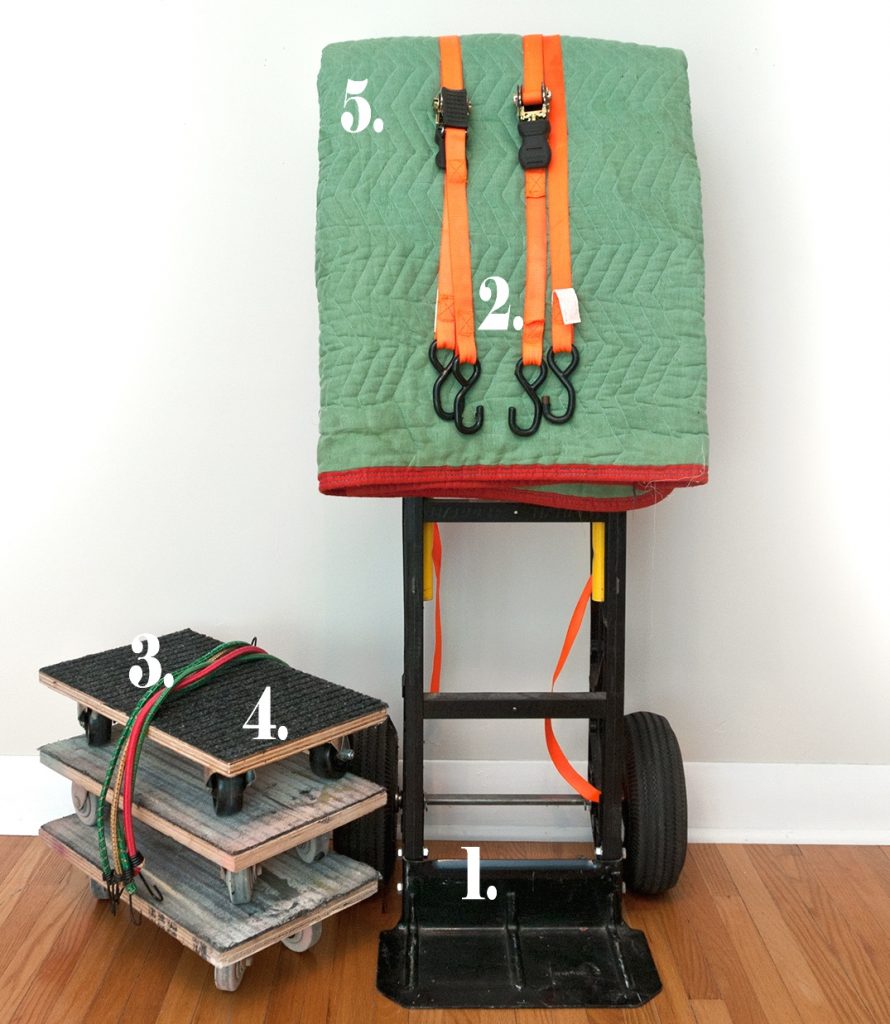Summer is the most popular time of year to stage a move. Kids are on break from school so you don’t have to worry about uprooting them mid-year, and you can usually count on sunny—albeit hot—weather. However, if you have some flexibility in selecting your moving dates, there are several advantages to the fall season that can actually make it the most ideal time of year to move, especially if you follow a couple tips for making the process smooth and problem-free.
Benefits to moving in the fall
– Fall is the most cost-effective time of year to move. During summer, moving companies are in peak demand, and their prices reflect that. Demand decreases after the summer moving season tapers off in September, and you’ll find it easier to secure moving services at a more reasonable rate. You’ll also have more control over dates and times, since schedules aren’t as full.
– Summer may have more reliably sunny days, but fall’s cooler temperatures make for much more pleasant moving conditions. Move in July and you’ll be soaked with sweat after the first trip from truck to house and back, but move in the fall and you’ll enjoy crisp air and a fresh breeze to keep you cool throughout the day. The process will also be more efficient, since you won’t be exhausted by the heat and dragging your feet before mid-afternoon.
– Because fewer people are moving during the fall, you’ll have more buying power when house-hunting. There may be fewer options, but a smaller market has its advantages. For one thing, a less crowded market is a less competitive market. You won’t feel pressured to make an offer on a home before you’re ready just to avoid losing it to another buyer. You also run less risk of becoming involved in a bidding war, and sellers will be more responsive to negotiations, especially if they had hoped to sell before summer ended.
Tips for moving in the fall
– Fall foliage will make your moving day a beautiful one, but leaves on the ground can be a safety hazard when you’re lugging heavy boxes and furniture up and down the front walkway. Make sure to clear fallen leaves off the lawn and walkways before you give your movers the go-ahead to start unloading your truck. A slip and fall could result in damage to your possessions or, worse, injury to you or your movers.
– If you have kids, the primary downside to moving during the fall is missing the start of the new school year. Plan ahead to make this transition as easy as possible for them. Talk to your children about the move so you can answer any questions and soothe any worries. It will also help to contact the school to ask for information about your children’s new teachers and to request any assignments or material they can work on in the meantime so they are up to speed on the curriculum when they arrive.
– As beautiful as fall is, the weather can be unpredictable during this time of year. Be prepared to postpone moving day if the weather is too inclement—heavy rains will risk damaging your furniture and increase the likelihood of dangerous slips and falls. If the day is only overcast or there’s a light drizzle, have warm layers and rain protection on hand, including ponchos for your valiant moving team!

 Moving is a complicated process that requires a lot of planning, review of many details and other time-consuming tasks. Along with the process of house-hunting that precedes it, bringing all of your belongings to your new home can start to feel stressful if you don’t take a measured and thoughtful approach that reduces stress and keeps you focus.
Moving is a complicated process that requires a lot of planning, review of many details and other time-consuming tasks. Along with the process of house-hunting that precedes it, bringing all of your belongings to your new home can start to feel stressful if you don’t take a measured and thoughtful approach that reduces stress and keeps you focus.


 Ready to move but not sure what to expect when hiring professional movers?
Ready to move but not sure what to expect when hiring professional movers?

 Advantages of moving in the spring
Advantages of moving in the spring Health tips for moving in the spring
Health tips for moving in the spring Because, let’s face it, moving is stressful. And expensive. And did we mention stressful? It’s no wonder most people eventually decide to ditch the DIY approach and hire professionals. But that doesn’t mean the stress goes away. There are plenty of things that could go wrong.
Because, let’s face it, moving is stressful. And expensive. And did we mention stressful? It’s no wonder most people eventually decide to ditch the DIY approach and hire professionals. But that doesn’t mean the stress goes away. There are plenty of things that could go wrong.

